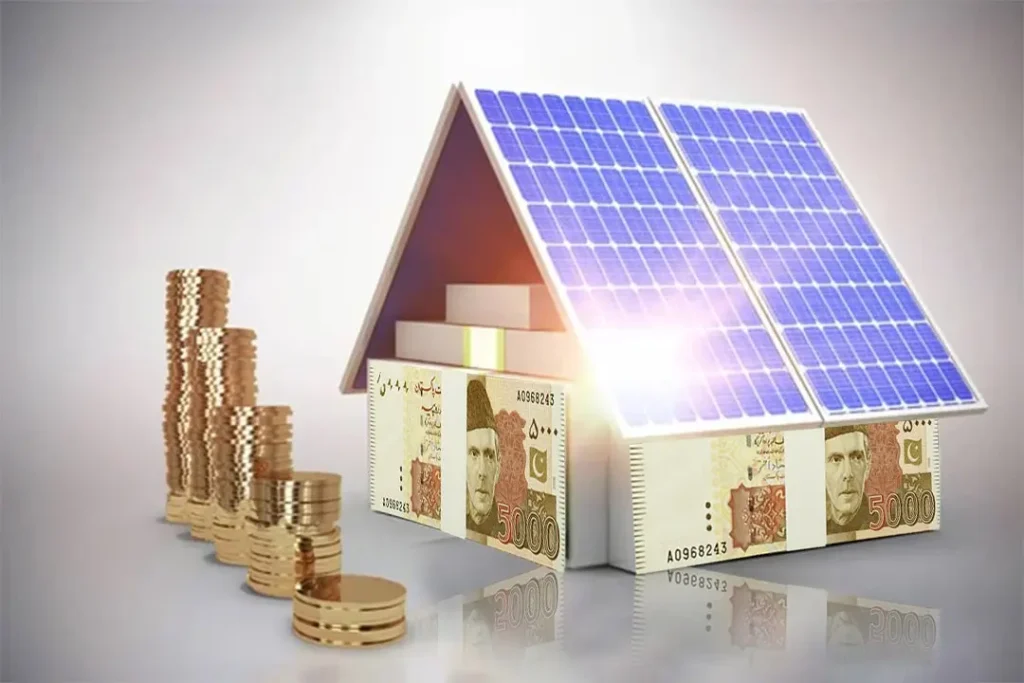Making Renewable Energy Affordable and Accessible
Solar financing is transforming the way Illinois homeowners access renewable energy—removing upfront costs, utilizing incentives, and offering flexible payment structures. Here’s how these financial mechanisms are making solar energy more attainable across the state.
The Fundamentals of Solar Financing
Eliminating Upfront Costs
$0 Down Options:
Solar loans, leases, and Power Purchase Agreements (PPAs) eliminate the high upfront costs traditionally associated with solar panel installation. With these $0 down options, homeowners can adopt clean energy without significant initial investment.
All-Inclusive Coverage:
These financing models typically cover all installation-related infrastructure—solar panels, wiring, inverters, and more. Without financing, the steep initial expenses would often prevent homeowners from considering solar.
Illinois Solar for All:
Designed specifically for low-income households, this state program offers solar installations at no cost, significantly improving equity in energy access and ensuring underserved communities are not left behind.
Maximizing Incentives
Federal and State Incentive Utilization
Federal Solar Investment Tax Credit (ITC):
Homeowners can deduct 30% of their solar installation costs from their federal taxes—lowering the overall system cost and improving return on investment, especially for those using loans or cash purchases.
Solar Renewable Energy Credits (SRECs):
Illinois residents can earn and sell SRECs based on the amount of energy their solar systems produce. These credits often generate an extra $300–$1,000 annually, adding a steady revenue stream and making solar more attractive.
Smart Payment Structures
Balloon Loans:
These loans give homeowners early access to ITC-related funds to ease cash flow. They are ideal for those planning to refinance or reinvest tax credits quickly.
Zero-Interest Loans:
Programs like Illinois Solar for All offer fixed monthly payments without interest or penalties, creating low-risk opportunities for lower-income families to go solar without added financial pressure.
Why Solar Financing Matters
Immediate and Long-Term Savings
Day-One Benefits:
Even with ongoing monthly payments, solar financing often results in energy costs that are lower than previous utility bills—providing instant savings.
Strong ROI Over Time:
Most solar systems pay for themselves within 7–12 years. Afterward, homeowners enjoy decades of free electricity, generating significant long-term savings.
Unlocking Full Incentive Access
Financing makes it possible to leverage all available incentives—federal tax credits, SRECs, and state programs like Illinois Shines. Together, these can reduce installation costs by up to 50%, making solar a smart financial decision.
Boosting Home Value
Homes with solar systems typically see a 4% to 6% increase in property value. Solar isn’t just a smart energy choice—it’s also a real estate investment that enhances home equity.
Financing Options in Illinois
Solar Loans:
Illinois Solar for All offers low- or zero-interest fixed-payment loans with terms up to 25 years, making solar systems financially feasible for nearly any homeowner.
Leases and PPAs:
With third-party ownership, the solar provider installs and maintains the system, and the homeowner pays a fixed monthly fee—usually lower than standard utility rates. However, the incentives go to the provider, not the homeowner.
HELOC (Home Equity Line of Credit):
With home values on the rise, HELOCs allow homeowners to fund solar projects using their equity, often with more favorable interest rates than unsecured loans.
Cash Purchases:
For those able to pay upfront, cash purchases maximize savings and unlock the full potential of available tax credits and SRECs with no loan-related fees or interest.
Illinois-Specific Programs
Illinois Solar for All
This initiative provides no-cost solar installations to income-qualified households. It ensures at least 50% savings on electricity bills and includes strong consumer protections like system monitoring and warranties.
Illinois Shines
Through this program, residents can earn SRECs and access additional incentives. It simplifies the installation process while establishing long-term financial benefits tied to system performance.
Conclusion
With the help of solar financing and supportive state programs, Illinois homeowners can transition to clean energy with minimal upfront costs while maximizing economic and environmental rewards. These tools not only make solar more accessible for families across all income levels—they also contribute to Illinois’ broader climate and sustainability goals.
As awareness and adoption grow, Illinois is emerging as a leader in the clean energy movement—one rooftop at a time.

